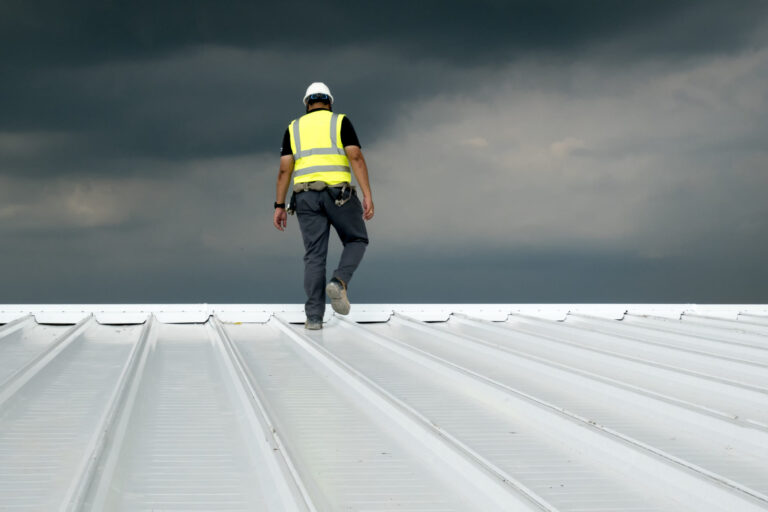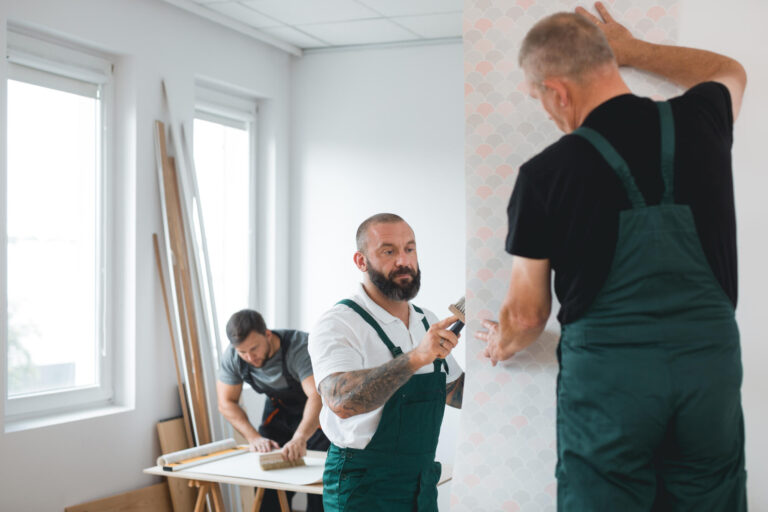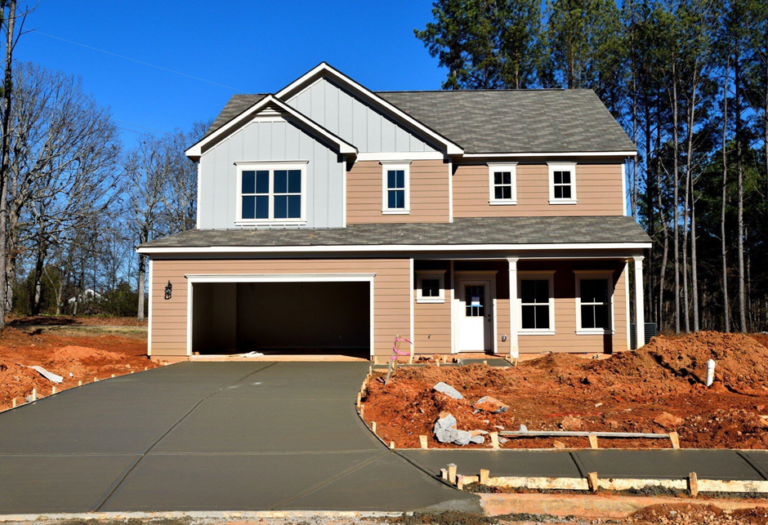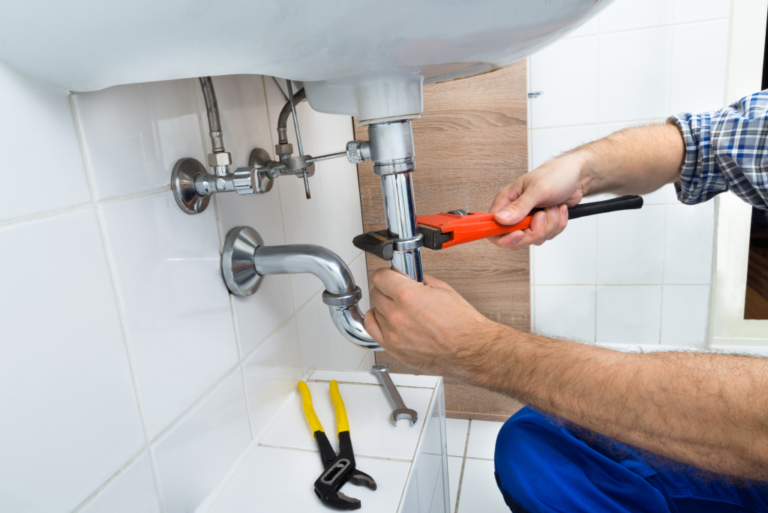What Questions to Ask During a Roof Inspection?
A roof inspection is crucial to maintaining your home’s integrity and ensuring that your roof is functioning as it should. Whether you’re preparing to sell your home or simply want to ensure your roof’s longevity, asking the right questions during a roof inspection is key to understanding its condition and preventing costly repairs. We will explore the important questions you should ask your roofing contractor at Palmer Construction near Spokane Valley or inspector to ensure you get a comprehensive evaluation. By being well-informed, you can make better decisions regarding repairs, replacements, and future maintenance.
What is the current condition of my roof?
The first and most essential question to ask during a roof inspection is about the roof’s overall condition. Understanding the current state of your roof helps you gauge whether immediate issues need attention or if it can last for several more years without major repairs. Your inspector should provide a clear evaluation of the roof’s structural health, including the condition of the shingles, flashing, gutters, and any potential areas of concern. It’s also important to know if there are any signs of wear and tear, such as cracked or missing shingles, leaks, or water damage. A thorough assessment will give you an accurate picture of what needs to be addressed immediately and what can be monitored over time.
Are there any signs of water damage or leaks?
Water damage is one of the most common and damaging issues a roof can face. Asking your inspector about signs of leaks or water damage will help you identify any hidden problems that could compromise your home’s structural integrity. Leaks may not always be visible inside the home, so your inspector must look for ceiling water stains, rusted attic nails, or damp insulation. They should also check for areas where water could enter, such as around chimneys, vents, or skylights. Early detection of leaks can save you from costly water damage repairs and prevent mold growth, which can harm your home and your health.
How old is my roof, and how much longer will it last?
Knowing the age of your roof is essential for understanding its remaining lifespan. Roofs are designed to last for a certain period, depending on the materials used, and your inspector should provide an estimate based on your roof type. Asphalt shingles typically last 20 to 25 years, while metal or tile roofs may last 40 or more. However, age isn’t the only factor—maintenance and environmental conditions also play a significant role in a roof’s longevity. Your inspector should assess whether the roof is showing signs of aging, such as granule loss, curling, or discoloration, and estimate how long it will last before requiring a replacement.
Are there any signs of poor ventilation or insulation?
Proper ventilation and insulation are essential for the overall health of your roof and home. Poor ventilation can lead to moisture buildup in the attic, which can cause mold, rot, and even damage to the roof deck. Ask your inspector to assess whether your attic is properly ventilated and whether there are signs of excess moisture or condensation. Also, ask about your attic’s insulation and whether it is adequate. Proper insulation helps maintain a stable temperature in your home, reducing the risk of ice dams in winter and excessive heat buildup in summer. Ensuring that your roof has proper ventilation and insulation can extend its lifespan and improve your home’s energy efficiency.
Read more : Implementing Storage Optimization Technology
What are the main causes of wear and tear on my roof?
Roof wear and tear can occur due to several factors, such as weather conditions, improper installation, or lack of maintenance. Asking your inspector about the primary causes of wear and tear on your roof will give you insight into how to maintain it better moving forward. Common culprits include hail, wind, heavy rain, and the natural aging process of roofing materials. In some cases, poor installation or the use of low-quality materials can cause premature wear. By understanding the specific causes of your roof’s wear, you can take preventive measures to reduce future damage, whether trimming overhanging tree branches, cleaning gutters regularly, or addressing ventilation issues.
Are there any signs of pests or animal damage?
Animals and pests can cause significant damage to your roof, especially if they’ve made their way into the attic or under the shingles. Inquiring about signs of pests, such as squirrels, raccoons, or rodents, is important, as they can tear at insulation, chew through roofing materials, or even create holes that lead to leaks. Your inspector should check for any signs of animal entry, including visible holes, nests, or droppings. If pests are identified, it’s important to address them promptly to prevent further damage. Your inspector can also advise you on ways to deter animals from entering your roof, such as sealing entry points and ensuring your attic is properly sealed.
Asking the right questions during a roof inspection is essential to understanding the condition of your roof and addressing any potential issues. You can make informed decisions about repairs or replacements by inquiring about the roof’s overall condition, the presence of leaks, the roof’s age, ventilation, and any signs of wear or damage. It’s also important to understand the potential costs and the steps needed to prevent future damage. With the right knowledge, you can ensure your roof remains in good condition for years, protecting your home and avoiding unnecessary expenses.







